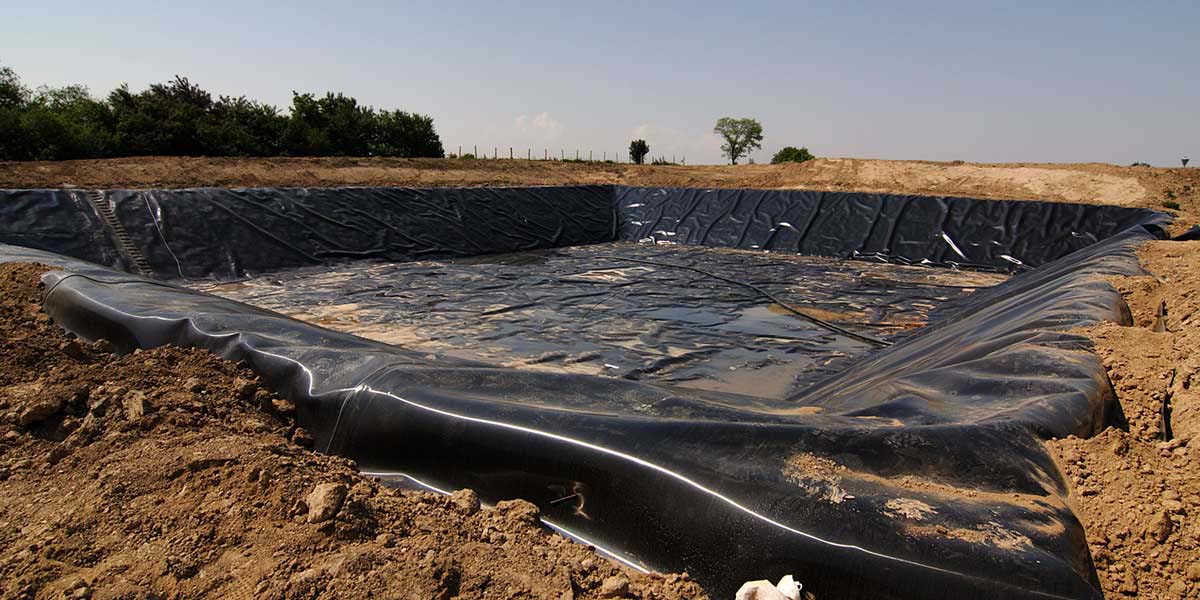
When it comes to garbage, most people take an “out of sight, out of mind” approach. Once the garbage truck picks it up or the roll off dumpster is taken from your driveway, where it goes isn’t usually at the top of your mind.
However, when you learn a bit more about the different landfill types, you start to understand why there are restrictions on what can be tossed with your curbside trash or why certain dumpsters can only take specific materials.
We talked with our Dumpsters.com COO Rich Gersdorf and Operations Manager Dan Morris to learn everything there is to know about landfills — from EPA classifications to the increased presence of green waste landfills.
There are currently three standard landfill types: municipal solid waste, industrial waste and hazardous waste. Each accepts specific types of waste and has different practices to limit environmental impact. Additionally, there is an emerging landfill type — green waste — that allows for controlled disposal of organic materials.
Municipal | Industrial | Hazardous | Green

If you throw it out in a garbage can, chances are that your trash ends up in a municipal solid waste, or MSW, landfill. These sites are typically what come to mind when you think about a landfill. However, just because they are the most common kind does not mean that they are open to the public.

“Some landfills will allow local residents to come and dump their trash. Some allow only contractors with trailers in. Some don’t let the public in at all. It all depends on the landfill and what type of deal they have with their local city or county municipality.”
Dan Morris | Operations Manager, Dumpsters.com Cleveland
Since most residential waste types — everything from used tissues to a roll off dumpster full of boxes from a basement cleanout — MSW landfills tend to have some of the strictest safety and monitoring regulations. These rules often include restrictions on location, landfill lining, operating practices, groundwater monitoring and closing practices.
So how do MSW landfills work? It’s a matter of layers. Modern landfills have a four layered system that consists of a liner, drainage system, gas collection system and the trash itself. Each of these layers are closely monitored to ensure the landfill is safe for the environment as well as the people who work at the site.

If it sounds like this landfill is self-explanatory, that’s because it is. An industrial waste landfill is where industrial waste is disposed of. While any type of solid industrial waste can be brought to these landfills, they are most often used for construction debris disposal, which is why they are commonly known as C&D landfills. Items often brought to industrial landfills include:
However, rather than just hold construction debris in a hole, C&D landfills often work as material recovery facilities — also known as an MRF — as well. To do this, the items brought in are dumped into a pile, then sorted by the landfill workers to see what materials are reusable and which would be best sent to the landfill. The reusable materials are donated to or bought by local resale stores or businesses that specialize in building with reclaimed materials. Additionally, the material recovery facility may repurpose the materials on-site, such as taking lumber and chipping it into mulch.

For important reasons, hazardous waste landfills are the most closely regulated and structured landfills. They are specifically designed to hold hazardous wastes in a way that virtually eliminates the chance of it being released into the environment. Some of the design requirements for hazardous waste landfills include:
In addition to these design requirements, hazardous waste landfills are often inspected multiple times a year to make sure that the facility is up to code and the standards are top-notch.
If you’re concerned you might be attempting to throw out a prohibited item, rest assured that it would be quite difficult for you to do. Hazardous waste is not collected curbside and only allowed in dumpsters with prior notification — and even then, it is very rarely allowed.

While these are not officially sanctioned landfills by the EPA, many municipalities are starting to offer a place for organic materials to naturally decompose. These composting sites are on the rise because most standard landfills and transfer stations are not as accepting of organic materials like fruits, vegetables and, in particular, yard waste disposal. “Some will [accept yard waste] at higher rates,” Morris said. “Some transfer stations will accept it, but not all. This is all dependent on your local municipality.”
Common types of green waste include:
The purpose of green waste landfills is simple enough: save space in other MSW landfills by keeping a material out that is meant to naturally decompose on its own. A recent EPA study found that composting landfills are achieving that goal. In 2017, there were 24,420 tons of yard trimming composted with 8,650 tons sent to the landfill — a stark contrast from the 1990 numbers that saw 4,200 tons composted and 25,560 tons sent to the landfill.
A landfill is a government regulated place where waste is treated, monitored and properly layered. A dump is most often an illegal site that people take their trash to that is unregulated and poses a massive risk to the environment.
The EPA categorizes landfills into two subsets: Subtitle C and Subtitle D.
There are non-EPA recognized landfill classifications that help to further categorize landfills.
Landfills have come a long way since they were first introduced, and they continue to evolve each day. With these continual improvements, you can be confident that no matter how you toss your trash — from pickup to the transfer station — it’s going to be properly treated and taken care of to leave as little an environmental footprint as possible.
Want to learn more about landfills? Read our posts on what happens to garbage and how a landfill is closed when it is full.